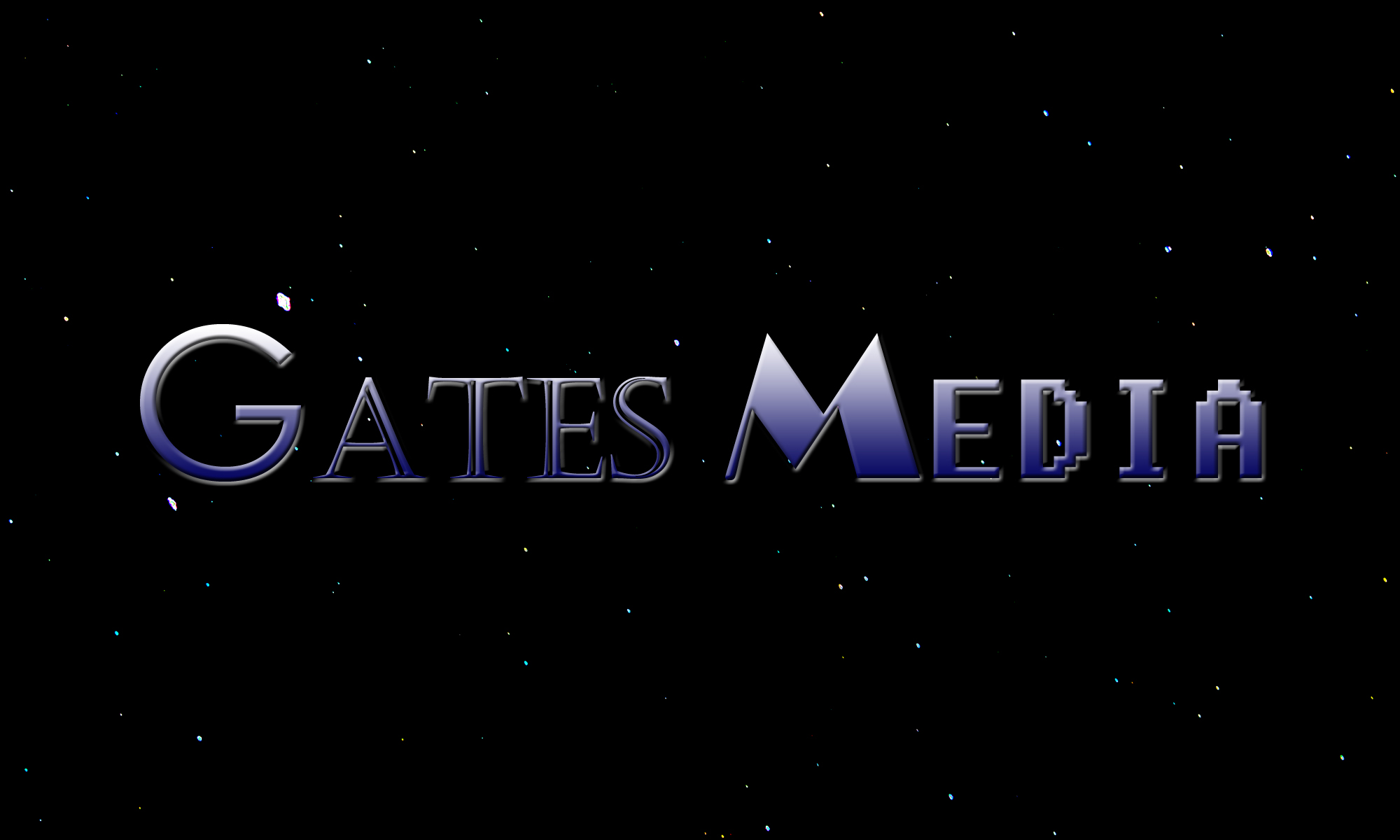In this video, AniMat explains how he believes family movies also suffer from experimentation in the young art form of full-CGI, feature-length films. The latest trend in family movies has been to create what he calls “cartoony movies” instead of “animated films.” He claims that cartoony movies try to mimic seven-minute-long skit cartoons from the 1930s and 40s. Cartoony movies focus on animation, visuals, humor, and pop culture references over the script while animated films focus on the script.
I’m not sure about his cartoony movie category. For one, what could be placed in this category is as open to interpretation as what makes a movie bad. AniMat classifies Angry Birds as cartoony, but considering that Stefan Molyneux defended Angry Birds as a metaphor for today’s political climate, it could just as easily be an animated film. While it has pop culture references, its script apparently has a meaningful message. AniMat classifies Sausage Party as an animated film, but his own viewers place it in the cartoony category. And while AniMat praises Zootopia as an animated film, it’s also a formulaic Disney film in part powered by Frozen references and clichés.
Second, most of the films AniMat cites as cartoony are sequels, based on pre-existing franchises, or rip-offs. Even the films not easily classified as one of these are in an oversaturated market where everything looks like everything else. I’d say these films are bad, not because they’re experimenting, but because they rely too heavily on their audience’s knowledge of the world and characters, rely too heavily on current trends and pop culture, or don’t understand what made the base material they’re copying popular. The sequel trend isn’t unique to CGI movies. It’s a trend in many movies, franchises, and video games these days because of the economic climate. It’s easier to get an audience from a pre-existing fan base than to attract a new audience to an original concept. If these films really wanted to take risks and experiment, then they would get out of the family movie market.
Overall, I’m just not sure why these animated films need different labels for movies with “good” scripts and movies with “bad” scripts.
